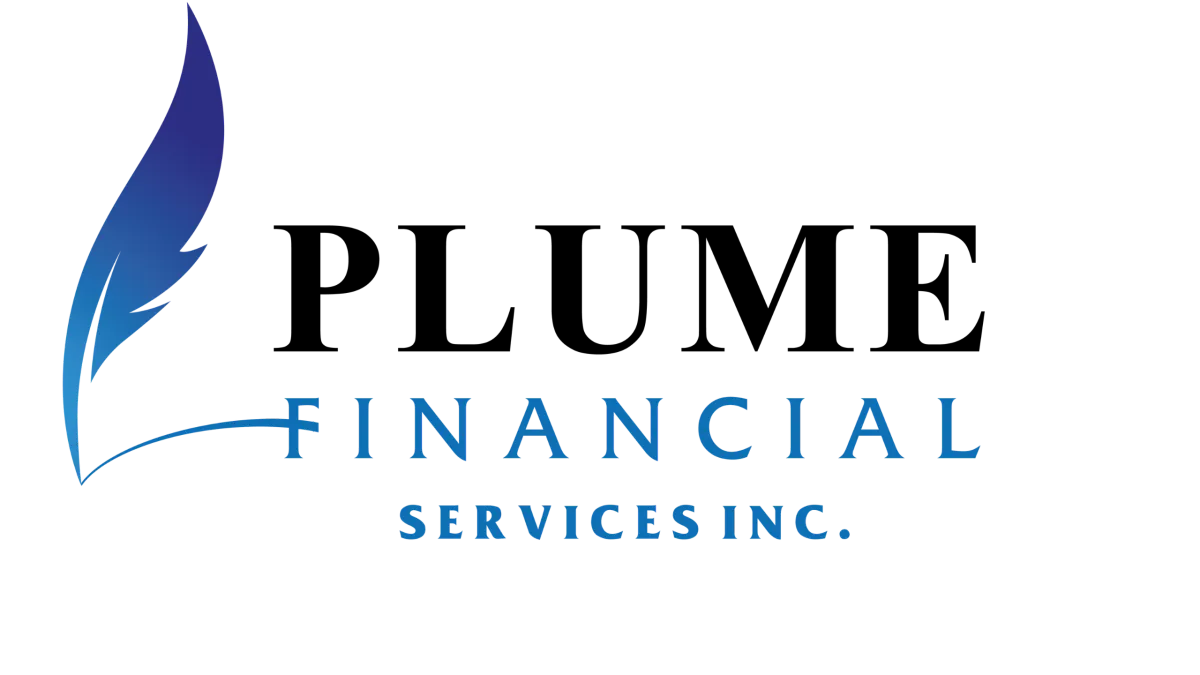
Blog

2025 Investment Forecast
Investment Outlook for 2025 – What to Watch in Canadian, U.S., and Global Markets
As we move into 2025, investors are navigating an economic environment shaped by evolving interest rates, inflation, trade dynamics, and global market opportunities. Here’s what you need to know about the year ahead and how these factors may impact Canadian, U.S., and global equities and bonds.
Interest Rates: A Continued Decline?
The Bank of Canada and the Federal Reserve are expected to continue easing interest rates in 2025, aiming to bolster economic growth. Rate cuts could enhance bond prices and support equities in rate-sensitive sectors such as utilities and real estate. However, this may weigh on financials, particularly banks, which typically perform better in higher-rate environments.
Inflation and GDP Growth
Inflation is stabilizing, though it remains slightly above central bank targets. Canadian GDP is projected to grow at a steady 2%, while U.S. growth may decelerate slightly due to softer consumer spending. These conditions may favor defensive equity sectors and high-quality fixed income.
The Threat of New Tariffs
A significant risk for Canadian markets is the threat of U.S. tariffs on Canadian goods. While the general consensus suggests the likelihood of full-scale implementation remains uncertain, investors should monitor vulnerable sectors like manufacturing, forestry, agriculture, and downstream energy products.
Global Opportunities in Equities and Bonds
Beyond North America, global markets present compelling opportunities for diversification and growth in 2025:
Equities:
Emerging Markets: With declining interest rates in developed markets and improving global liquidity, emerging markets may benefit from stronger capital flows. Economies like India and Indonesia, driven by structural reforms and growing domestic demand, could outperform.
Europe: Select European equities in the energy transition and green technologies space may gain traction, as government policies continue to support sustainability initiatives.
Asia: Japan’s equity market remains attractive due to ongoing corporate reforms, improved profitability, and a weak yen boosting export-oriented sectors.
Bonds:
Emerging Market Debt: Falling global interest rates and stabilizing currencies could make emerging market bonds an attractive source of yield.
European Bonds: As the European Central Bank maintains a dovish stance, investment-grade bonds and sovereign debt in the Eurozone may offer stability and moderate returns.
Inflation-Linked Bonds: In regions where inflation remains higher than expected, inflation-protected securities could provide a hedge against rising prices.
Positioning Your Portfolio for 2025
Canadian Equities: Focus on sectors less affected by trade tensions, such as technology, utilities, and healthcare.
U.S. Equities: Defensive sectors like consumer staples and healthcare may outperform in a slower-growth environment.
Global Equities: Consider increasing exposure to emerging markets, Japanese equities, and European green energy sectors.
Bonds: Diversify with high-quality government and corporate bonds, emerging market debt, and inflation-linked securities where appropriate.
Adapting to these shifting dynamics is key to managing risk and achieving long-term investment goals. If you have questions about how these trends could affect your portfolio, let’s connect.
Location
400-494 Queen St,
Fredericton, NB, E3B 1B6
Office (506) 406-6100
© 2025 Plume Financial Services Inc.
